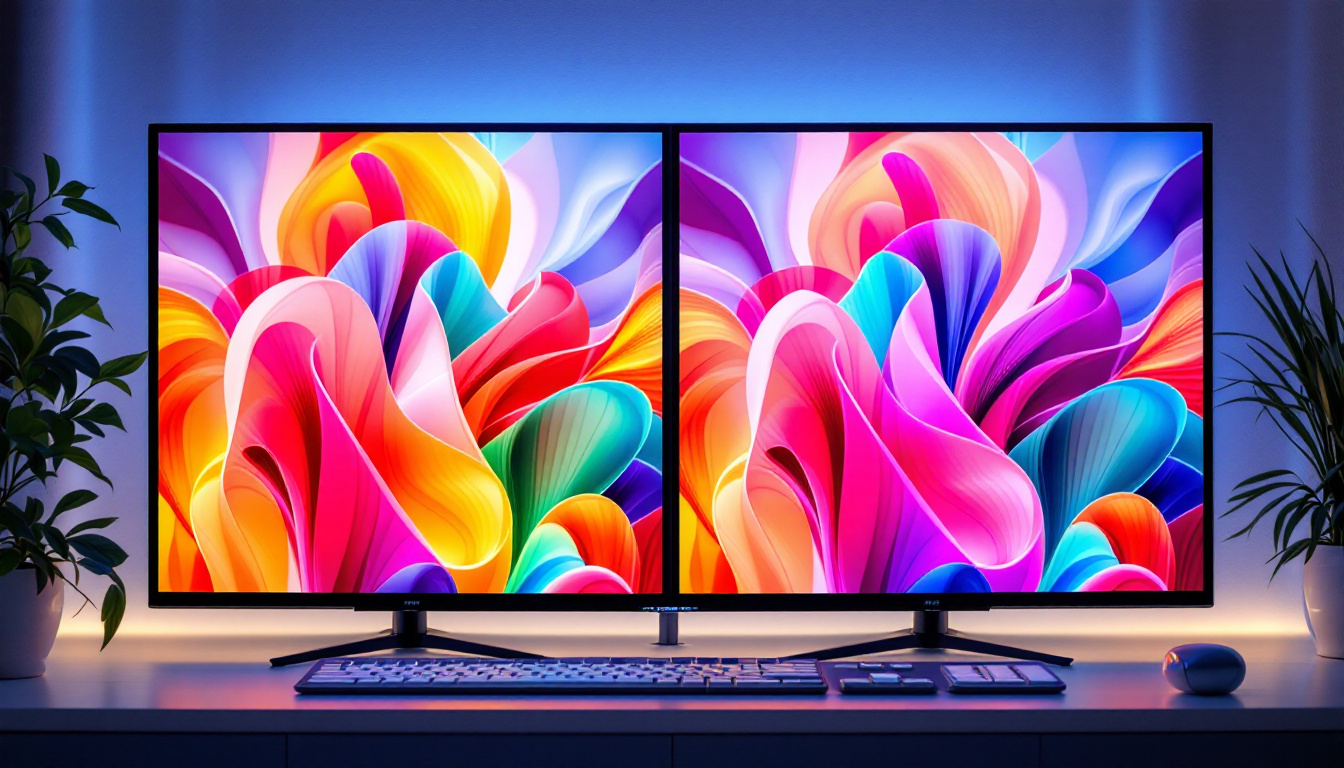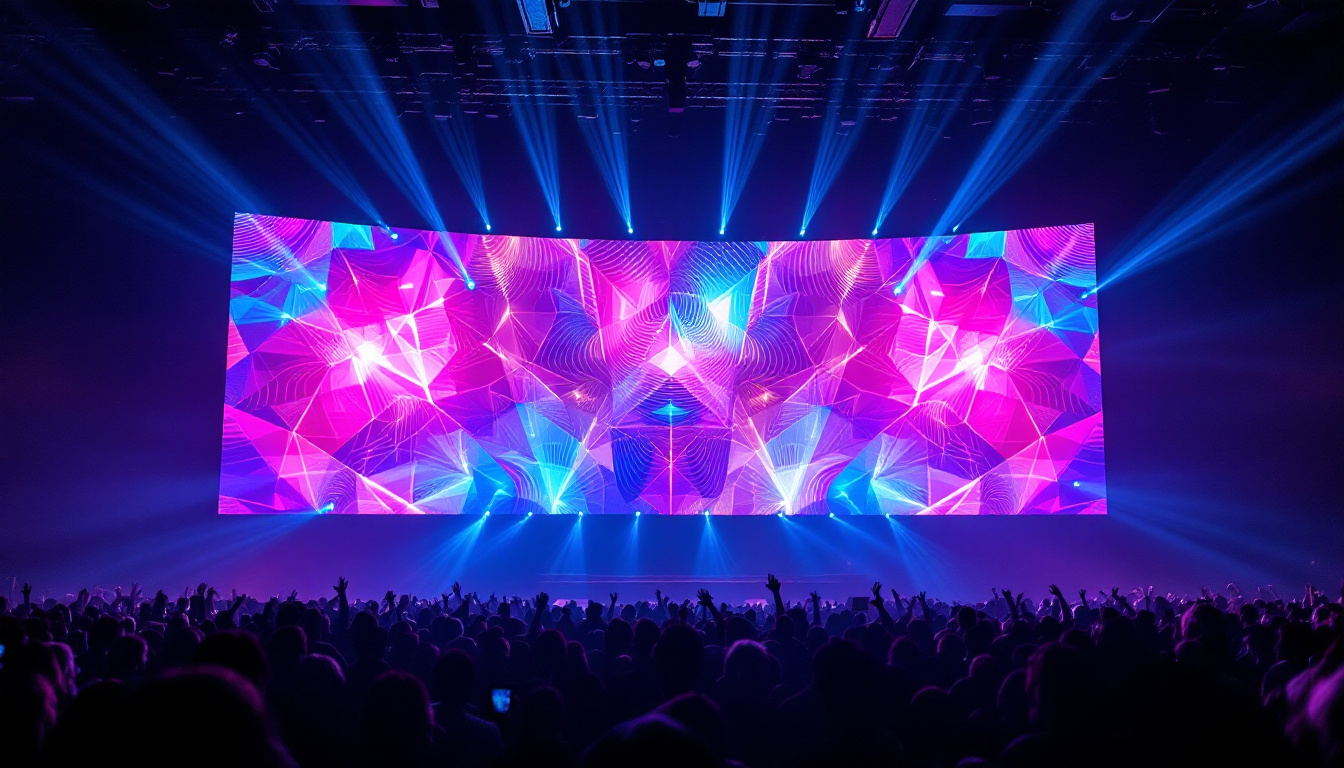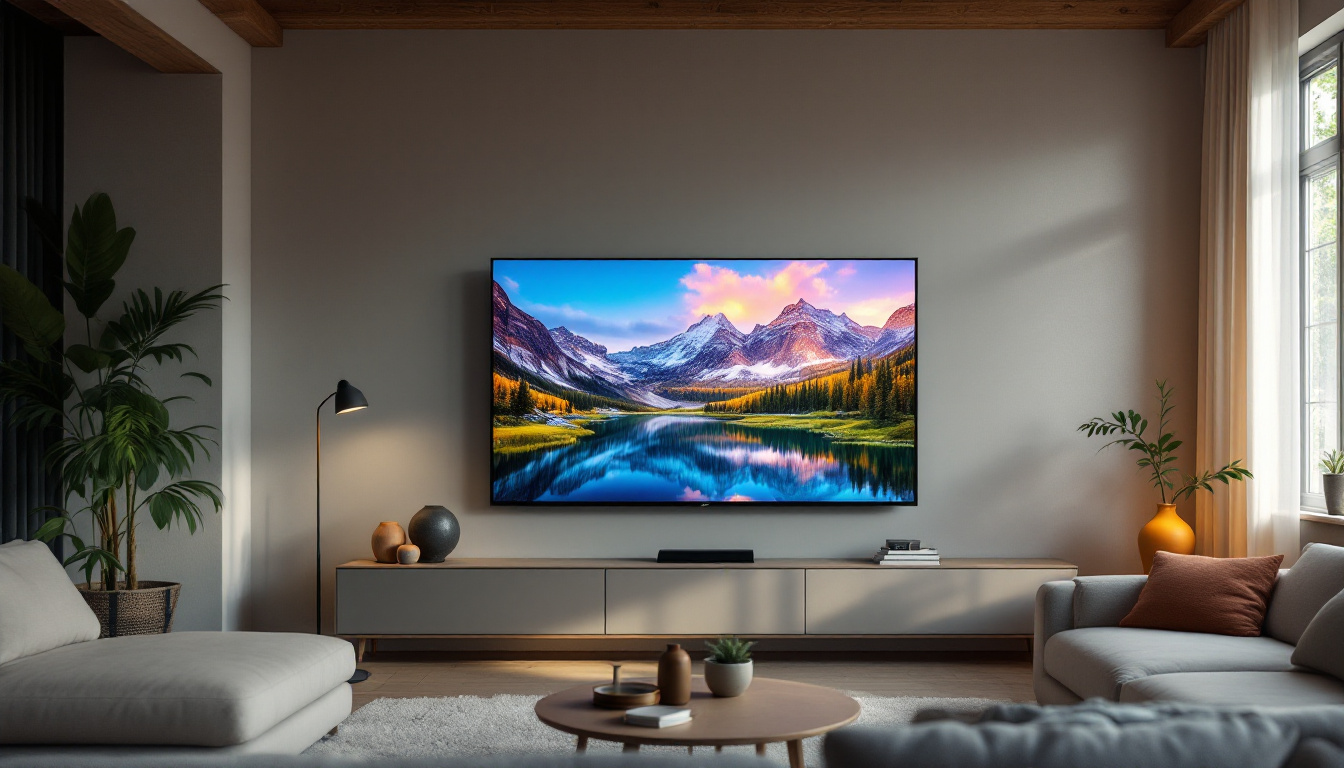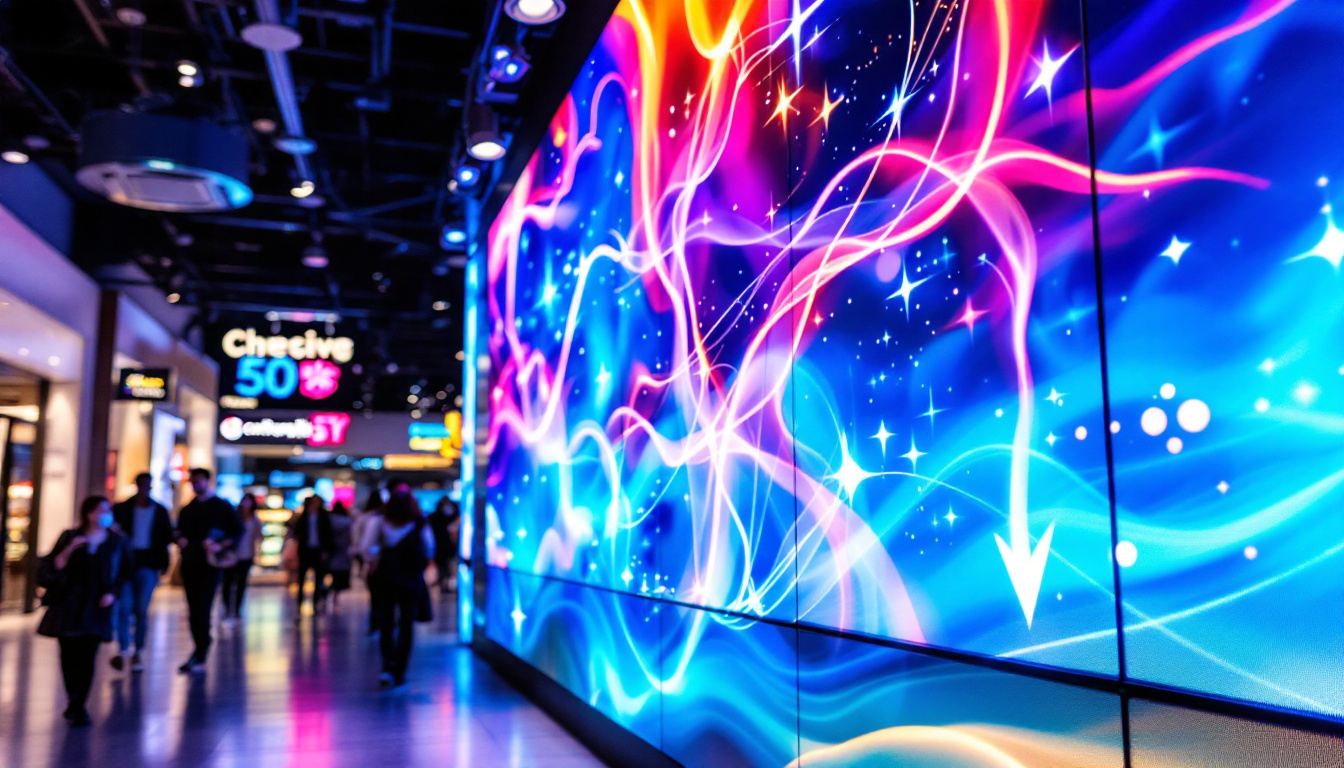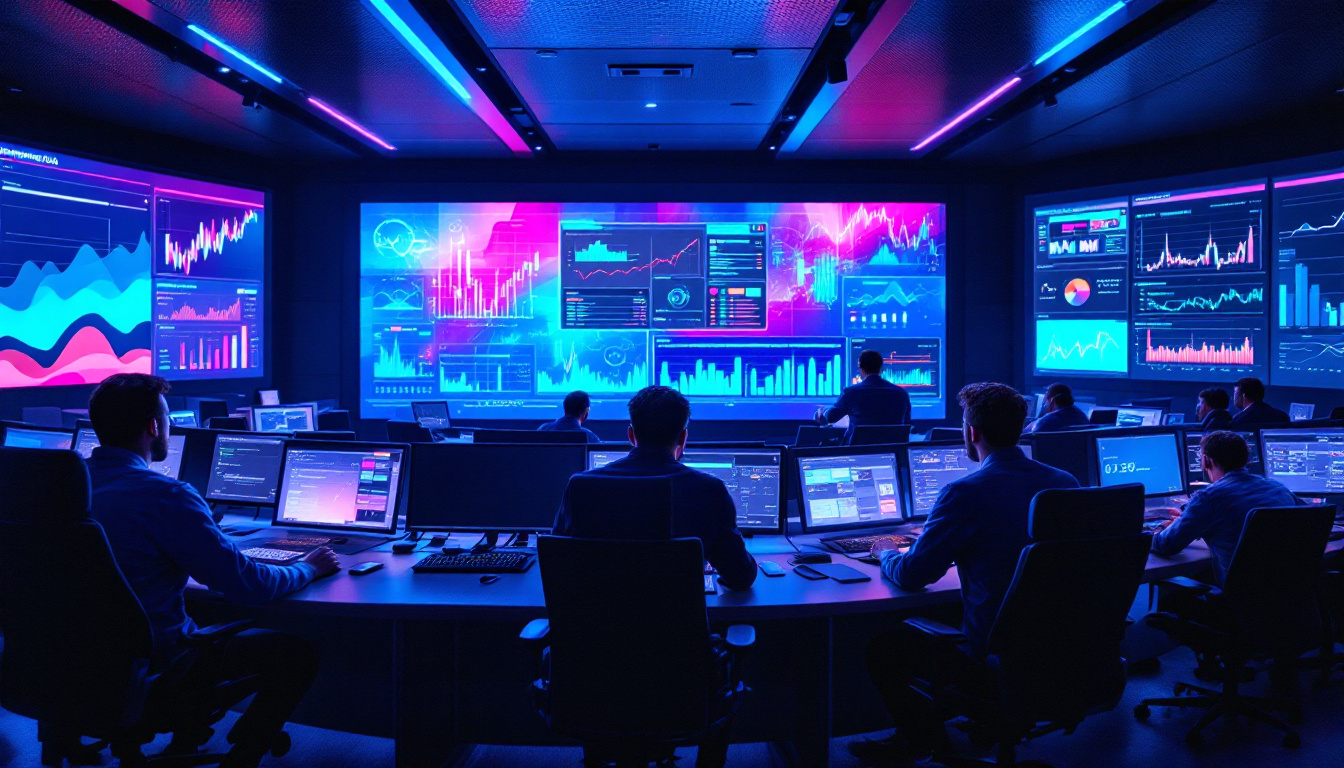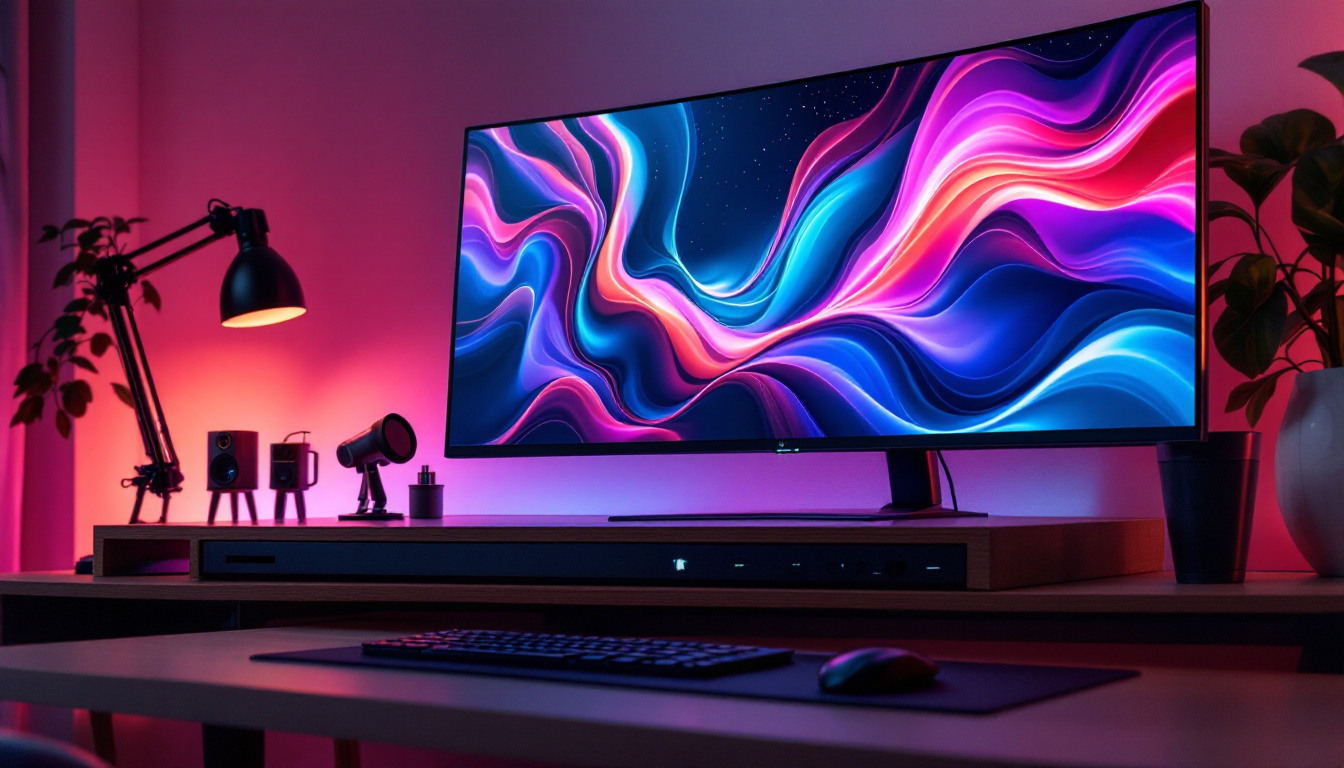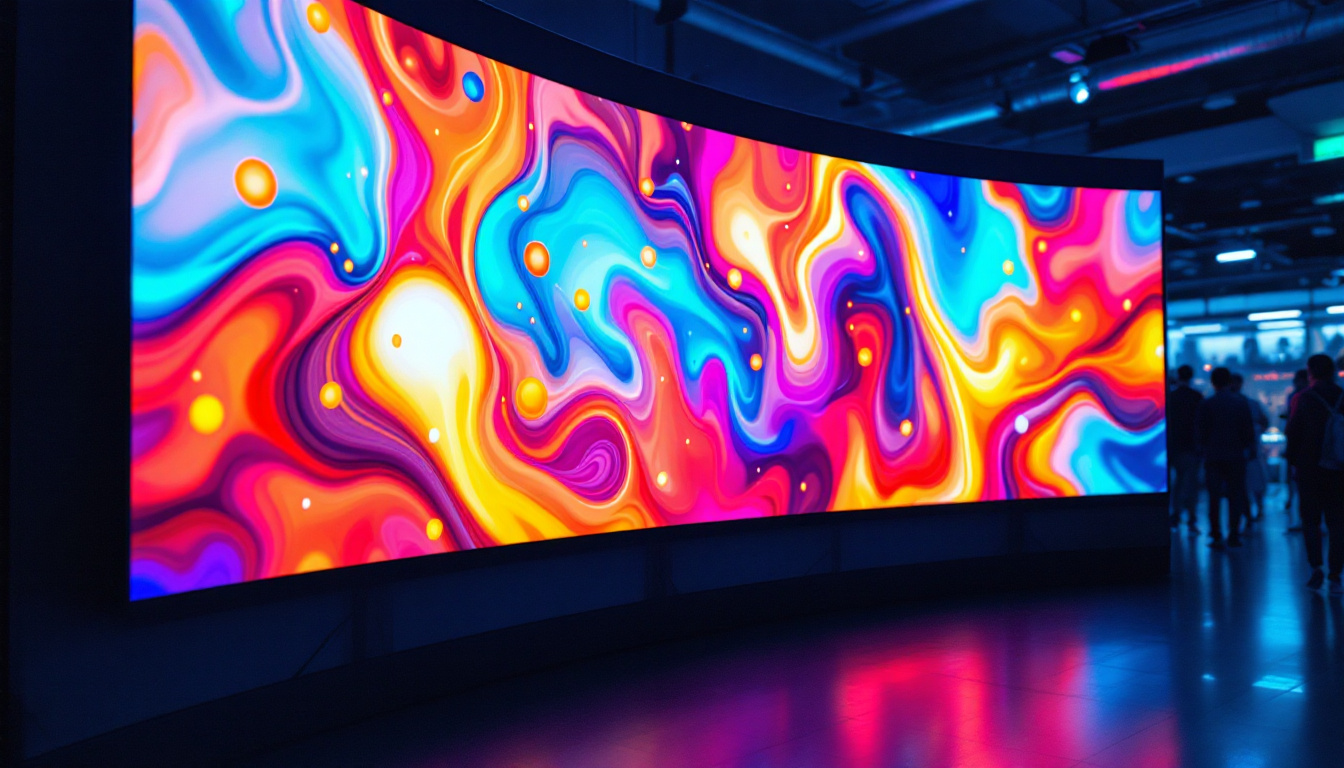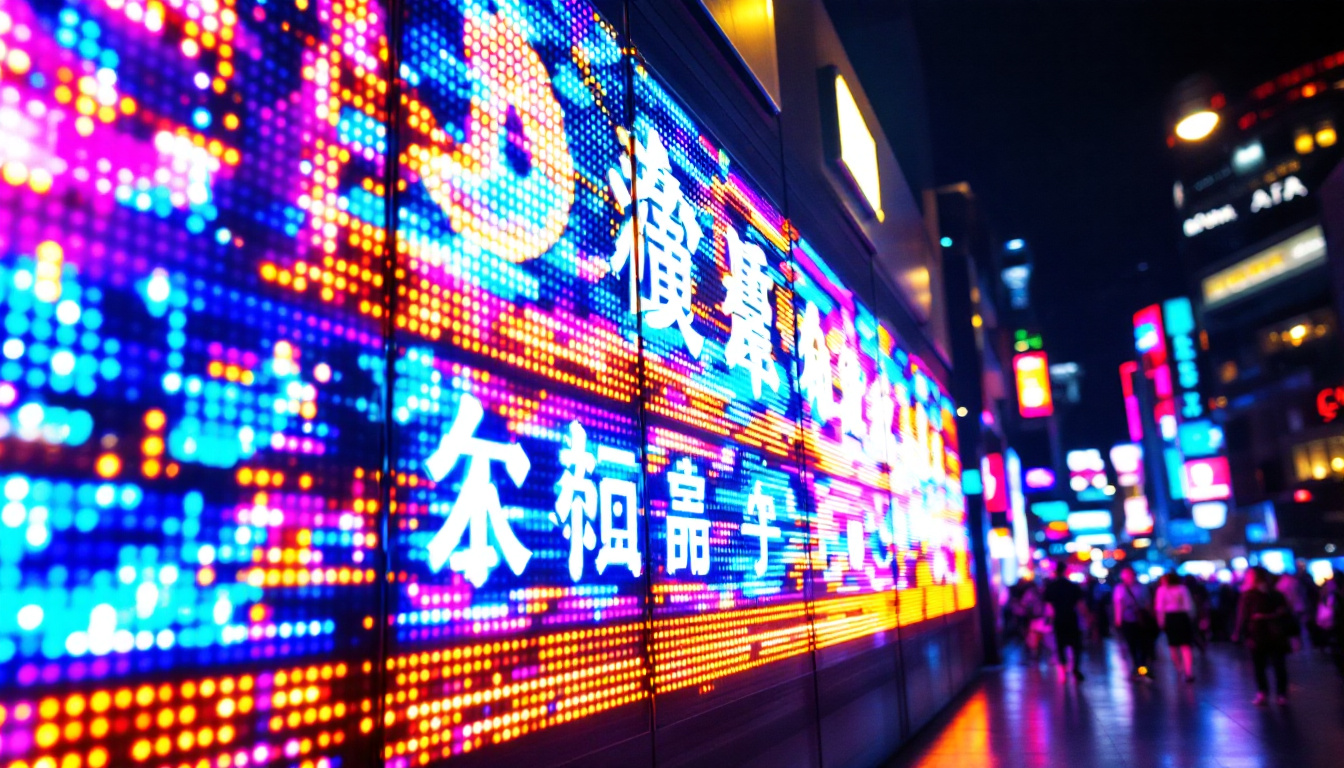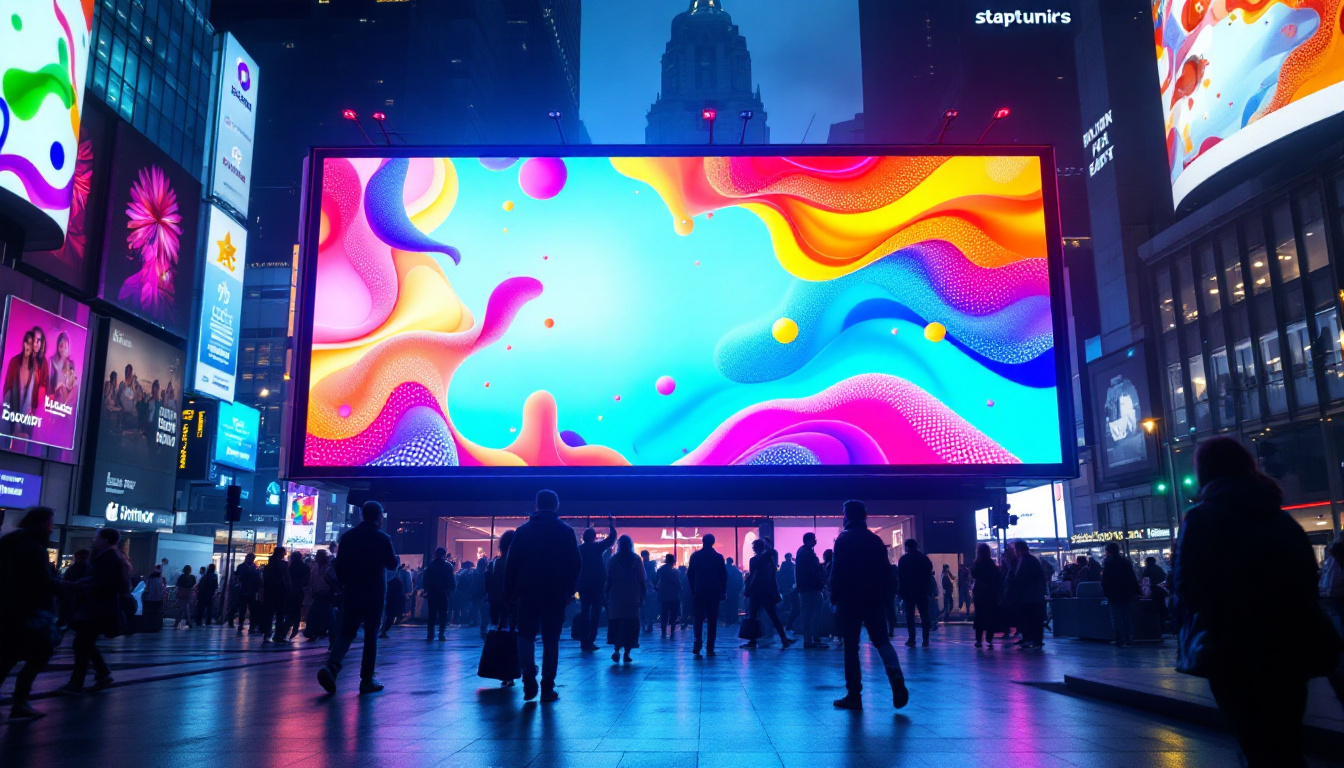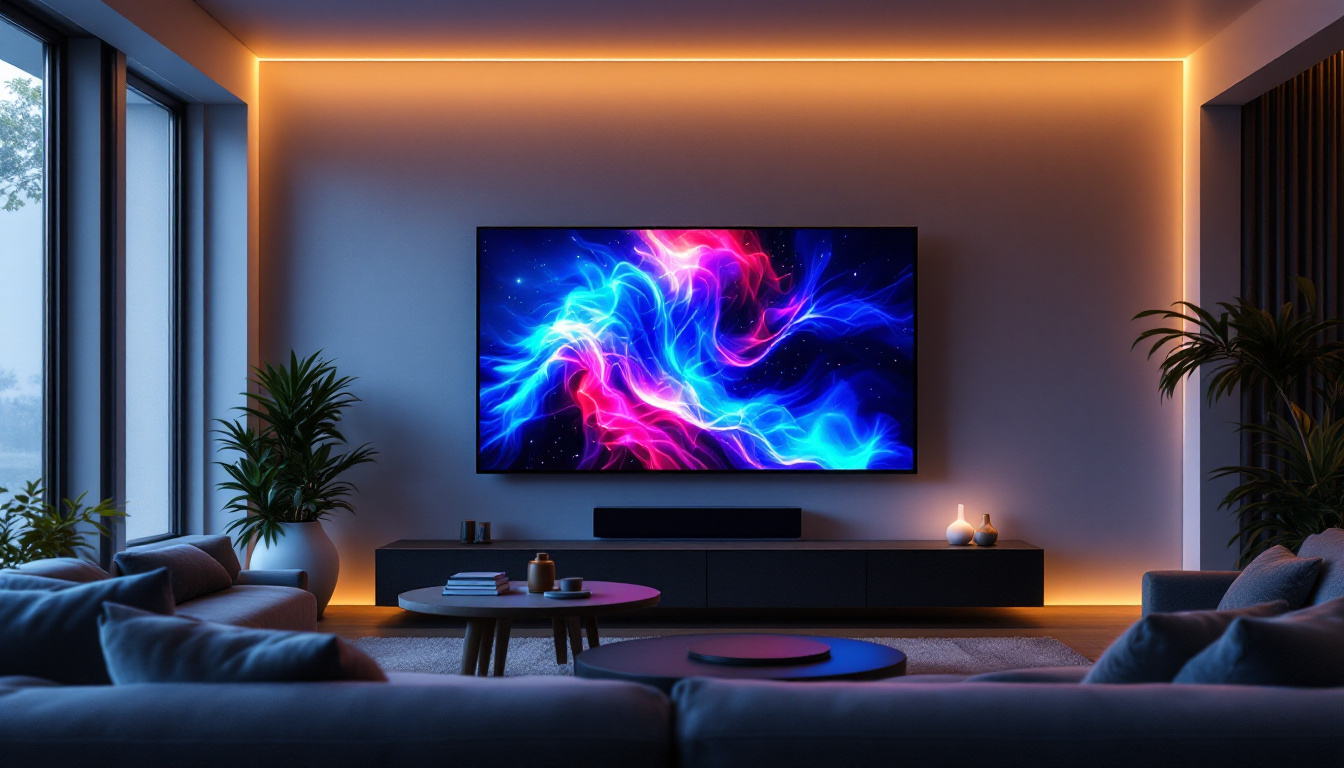In the world of display technology, LED and LCD screens are two of the most common types found in televisions, computer monitors, and other devices. While they may appear similar at first glance, they operate on different principles and offer distinct advantages and disadvantages. This article will delve into the intricacies of LED and LCD screens, helping you understand their differences, benefits, and ideal use cases.
Understanding LCD Technology
LCD, or Liquid Crystal Display, technology has been around for decades and is widely used in various electronic devices. The fundamental principle behind LCDs involves the use of liquid crystals that manipulate light to create images on the screen.
How LCDs Work
At the core of an LCD screen are two layers of polarized glass, with liquid crystals sandwiched between them. When an electric current is applied, these liquid crystals align in a way that either allows light to pass through or blocks it. This process creates the images we see on the screen.
Typically, an LCD screen requires a backlight, as liquid crystals do not emit light on their own. The most common backlight used in LCD displays is fluorescent tubes, although newer models may employ LED backlighting for improved efficiency and brightness. LED backlighting not only enhances the brightness and color range of the display but also contributes to a slimmer design, allowing manufacturers to create ultra-thin screens that are both aesthetically pleasing and functional.
Advantages of LCD Screens
One of the main advantages of LCD screens is their ability to produce sharp and vibrant images with excellent color accuracy. They are also relatively lightweight and thin, making them suitable for a variety of applications, from televisions to portable devices. This versatility has made LCD technology a preferred choice for manufacturers across the globe, as it can be adapted for everything from smartphones to large-scale televisions.
Additionally, LCD screens generally consume less power compared to older display technologies, such as cathode ray tube (CRT) displays. This energy efficiency can lead to lower electricity bills and a reduced environmental impact. Furthermore, the longevity of LCD screens is another significant advantage; they tend to have a longer lifespan than CRTs, which means less frequent replacements and less electronic waste overall.
Limitations of LCD Screens
Despite their many benefits, LCD screens have some limitations. One notable drawback is their viewing angles. When viewed from the side, colors and brightness can appear washed out, which can be frustrating in multi-viewing scenarios. This limitation has led to the development of advanced technologies, such as In-Plane Switching (IPS) panels, which improve color consistency and viewing angles, making them a popular choice for professional applications where color accuracy is critical.
Moreover, LCDs can struggle with fast-moving images, leading to motion blur. This can be particularly noticeable in action movies or fast-paced video games, where clarity is paramount. To combat this issue, manufacturers have introduced features like higher refresh rates and motion smoothing technologies, which aim to enhance the overall viewing experience by reducing blur and improving the fluidity of motion on screen. As technology continues to evolve, the challenges faced by LCD displays are being addressed, paving the way for even more advanced and capable screens in the future.
Exploring LED Technology
LED, or Light Emitting Diode, technology is often discussed in conjunction with LCDs, but it is essential to understand that LED screens are not a separate display type; rather, they are a type of LCD screen that uses LED backlighting.
How LED Displays Function
LED displays utilize the same liquid crystal technology as traditional LCDs but replace the fluorescent backlighting with LEDs. This change significantly enhances the display’s brightness, contrast, and overall picture quality. There are two primary types of LED backlighting: edge-lit and full-array.
In edge-lit LED displays, LEDs are placed around the perimeter of the screen, allowing light to shine across the liquid crystals. In contrast, full-array LED displays have a grid of LEDs behind the entire screen, providing more uniform lighting and better control over local dimming, which can improve contrast ratios. The local dimming feature is particularly important for high-definition content, as it allows certain areas of the screen to be dimmed while others remain bright, enhancing the depth and richness of the image.
Benefits of LED Displays
One of the standout features of LED displays is their superior brightness and energy efficiency. LED backlighting consumes less power than traditional fluorescent backlights, which can lead to longer lifespans for the display and lower energy costs.
Furthermore, LED displays offer improved color accuracy and contrast. The ability to control individual LEDs allows for deeper blacks and brighter whites, resulting in a more dynamic range of colors. This makes LED displays particularly appealing for watching movies, playing video games, or any application where image quality is crucial. Additionally, the rapid response time of LEDs minimizes motion blur, making them ideal for fast-paced action scenes or competitive gaming, where every millisecond counts.
Challenges with LED Displays
While LED displays have many advantages, they are not without their challenges. One common issue is the potential for uneven backlighting, particularly in edge-lit models, where some areas of the screen may appear brighter than others.
Additionally, while LED displays can achieve impressive brightness levels, they may struggle in very dark environments, where the contrast between bright and dark areas can become less pronounced. This can affect the overall viewing experience, especially in dark scenes. Moreover, the blue light emitted by LED screens has raised concerns regarding eye strain and potential long-term effects on vision. As a result, many manufacturers are now incorporating features such as blue light filters and adaptive brightness settings to enhance user comfort during prolonged viewing sessions.
Comparing LED and LCD Screens
When comparing LED and LCD screens, it is crucial to consider various factors, including picture quality, energy efficiency, and intended use. Understanding these differences can help consumers make informed decisions based on their specific needs.
Picture Quality
In terms of picture quality, LED displays generally outperform traditional LCD screens. The improved brightness, contrast ratios, and color accuracy make LED displays a preferred choice for many users, especially those who prioritize visual quality in their viewing experience.
However, it is essential to note that not all LED displays are created equal. The quality of the panel, the type of backlighting used, and the display’s resolution all play significant roles in determining overall picture quality. Therefore, consumers should consider these factors when making a choice.
Energy Efficiency
Energy efficiency is another critical consideration when comparing LED and LCD screens. LED displays tend to be more energy-efficient than traditional LCDs due to their use of LED backlighting, which consumes less power. This efficiency can lead to lower electricity bills and a more environmentally friendly choice.
In contrast, older LCD screens that rely on fluorescent backlighting may consume more energy, making them less desirable for energy-conscious consumers. As technology continues to evolve, newer LCD models may also incorporate LED backlighting, further blurring the lines between these two display types.
Intended Use
The intended use of the display can significantly influence the choice between LED and LCD screens. For instance, LED displays are often favored for home theaters, gaming setups, and professional environments where image quality is paramount. Their superior contrast and color performance make them ideal for these applications.
On the other hand, traditional LCD screens may still be suitable for basic tasks, such as web browsing or office work, where high-end picture quality is not as critical. Understanding the specific needs and use cases can help consumers make the right choice.
Future Trends in Display Technology
The display technology landscape is continually evolving, with innovations that promise to enhance the viewing experience even further. As manufacturers strive to improve picture quality, energy efficiency, and user experience, several trends are emerging in the industry.
OLED Technology
One of the most exciting developments in display technology is OLED (Organic Light Emitting Diode) technology. Unlike traditional LCDs and LED displays, OLED screens do not require a backlight, as each pixel emits its own light. This allows for true blacks, vibrant colors, and wide viewing angles.
As OLED technology becomes more affordable, it is expected to gain popularity among consumers, particularly for high-end televisions and monitors. The potential for thinner, lighter displays with superior picture quality makes OLED a compelling choice for the future.
MicroLED Displays
MicroLED is another emerging technology that offers many of the benefits of OLED while addressing some of its limitations. MicroLED displays consist of tiny, self-emissive LEDs that can be arranged in various configurations. This technology promises high brightness, excellent color accuracy, and the potential for modular displays that can be customized to fit any size or shape.
As MicroLED technology matures, it could revolutionize the display market, providing consumers with even more options for high-quality viewing experiences.
Enhanced Smart Features
In addition to advancements in display technology, manufacturers are increasingly integrating smart features into their screens. This includes built-in streaming services, voice control, and compatibility with smart home devices. As consumers seek more convenience and connectivity, these features are becoming essential selling points for modern displays.
As the demand for smart displays continues to grow, manufacturers will likely focus on enhancing user interfaces and integrating advanced technologies to provide seamless experiences.
Conclusion
In summary, both LED and LCD screens have their unique advantages and limitations. While LED displays generally offer superior picture quality, energy efficiency, and modern features, traditional LCD screens still hold value for specific applications. Understanding the differences between these technologies can help consumers make informed decisions based on their needs and preferences.
As display technology continues to evolve, it is essential to stay informed about emerging trends and innovations. Whether considering a new television, computer monitor, or portable device, understanding the nuances of LED and LCD screens will ensure a satisfying viewing experience for years to come.
Discover Cutting-Edge LED Displays with LumenMatrix
Ready to experience the pinnacle of LED display technology? LumenMatrix is at the forefront of innovation, offering a wide array of LED display solutions tailored to meet your needs. From captivating Indoor LED Wall Displays to dynamic Outdoor LED Wall Displays, and from versatile Vehicle LED Displays to sleek LED Poster Displays, our products are designed to revolutionize visual communication. Whether you’re looking to enhance engagement in sports arenas with LED Sports Displays, make a statement with Floor LED Displays, or require Custom LED Displays for unique applications, LumenMatrix has you covered. Embrace the future of digital signage with our All-in-One LED Display and LED Transparent Display options. Elevate your brand’s visibility and create unforgettable visual experiences. Check out LumenMatrix LED Display Solutions today and empower your business to communicate with impact and clarity.

